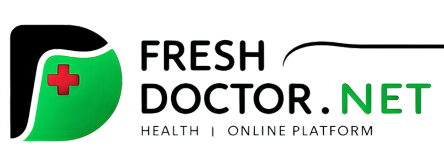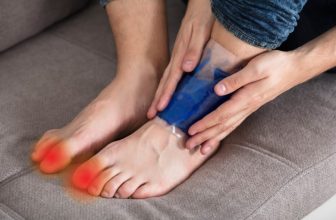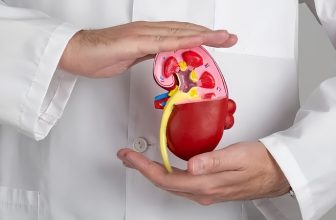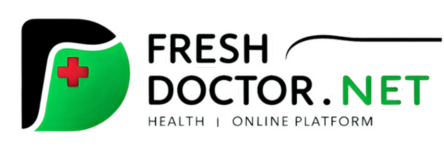Top Ways The Migraine and Headache Program Can Relieve Headaches

Headaches and migraines are debilitating conditions that affect millions of people worldwide. While over-the-counter medications provide temporary relief, they often fail to address the root causes. The Migraine and Headache Program stands out as a natural and holistic approach to managing and alleviating headaches, offering long-term solutions without relying on pharmaceuticals. This article delves into the top ways the program can relieve headaches, exploring techniques and strategies that target the core issues.
Understanding Migraines and Headaches
Migraines and headaches are not the same, and understanding their differences is critical to effective management.
Migraines
- Often accompanied by symptoms like nausea, vomiting, sensitivity to light and sound, and visual disturbances.
- Can last anywhere from a few hours to several days.
- Caused by complex neurological changes, often triggered by stress, certain foods, or environmental factors.
Headaches
- May include tension headaches, cluster headaches, and sinus headaches.
- Tension headaches are the most common, caused by muscle tension in the neck, scalp, or shoulders.
- Less severe than migraines but still significantly impact daily life.
The Migraine and Headache Program addresses both conditions by targeting their specific triggers and causes.
1. Improving Oxygen Flow to the Brain
One of the foundational principles of the program is the critical role of oxygen supply to the brain. Insufficient oxygen can lead to tension, fatigue, and headaches.
Techniques to Enhance Oxygen Flow
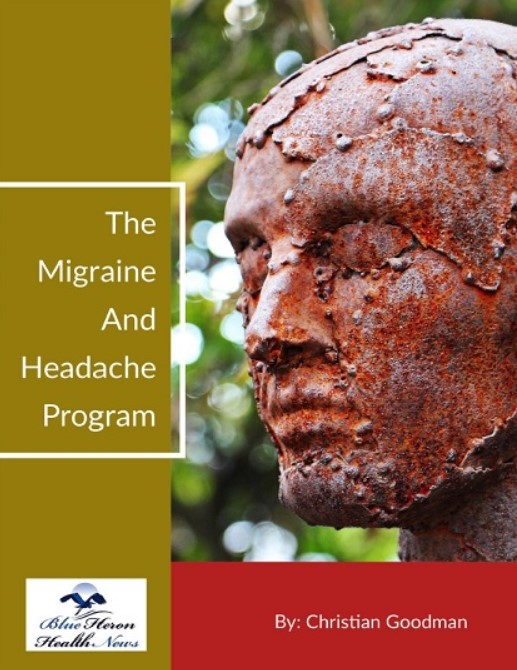
- Breathing Exercises
- Diaphragmatic breathing ensures deeper oxygen intake.
- Techniques like the 4-7-8 breathing method promote relaxation and oxygenation.
- Posture Awareness
- Poor posture restricts airflow and circulation.
- Exercises to align the spine and relax shoulder muscles help increase oxygen flow to the brain.
- Physical Activities
- Light aerobic exercises, like walking or swimming, improve overall circulation.
- These activities ensure oxygen is delivered to all parts of the body, including the brain.
Benefits
- Reduces the intensity and frequency of headaches.
- Improves mental clarity and focus.
- Enhances overall energy levels.
2. Reducing Muscle Tension
Muscle tension, especially in the neck, shoulders, and face, is a leading cause of tension headaches. The program includes strategies to identify and relieve these tensions.
Stretches and Exercises
- Neck Stretches
- Gently tilt your head to one side, holding the position for 10-15 seconds before switching.
- Relieves tightness in the cervical muscles.
- Shoulder Rolls
- Roll shoulders forward and backward to release tension.
- Enhances flexibility and reduces strain.
- Jaw Relaxation
- Clenching the jaw is a common stress response.
- Exercises to relax jaw muscles prevent tension from spreading to the temples.
Benefits
- Provides immediate relief from tension-related pain.
- Prevents chronic tension buildup.
- Improves posture, which further reduces muscle strain.
3. Managing Stress and Emotional Triggers
Stress is a well-known trigger for migraines and tension headaches. The program addresses the psychological aspects of headache management through mindfulness and relaxation techniques.
Stress-Relief Practices
- Mindfulness Meditation
- Encourages focus on the present moment, reducing worry and anxiety.
- Practicing 10-15 minutes daily can significantly lower stress levels.
- Progressive Muscle Relaxation
- Involves tensing and then releasing muscle groups one at a time.
- Promotes a sense of calm and reduces physical tension.
- Journaling
- Writing down thoughts and emotions can help identify stress triggers.
- Provides a healthy outlet for emotional expression.
Benefits
- Reduces the likelihood of stress-induced headaches.
- Promotes emotional resilience.
- Enhances overall well-being.
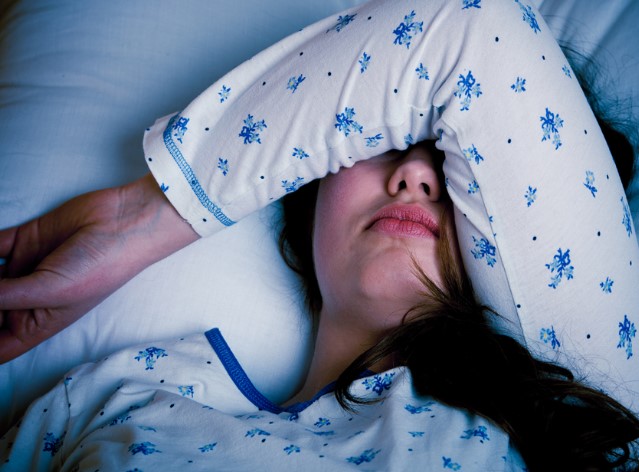
4. Identifying and Avoiding Food Triggers
Diet plays a significant role in managing migraines and headaches. Certain foods and beverages are known to act as triggers.
Common Food Triggers
- Caffeine
- While small amounts can relieve headaches, excessive consumption can lead to dependency and rebound headaches.
- Processed Foods
- Contain additives like monosodium glutamate (MSG) or artificial sweeteners that can trigger migraines.
- Alcohol
- Particularly red wine, is a known migraine trigger due to its histamine content.
Dietary Recommendations
- Hydration
- Dehydration is a common cause of headaches.
- Aim for 8-10 glasses of water daily.
- Balanced Diet
- Include whole grains, lean proteins, and fresh vegetables.
- Foods rich in magnesium, like spinach and almonds, are particularly beneficial.
- Elimination Diet
- Helps identify personal food triggers.
- Gradually reintroduce foods to pinpoint culprits.
5. Enhancing Sleep Quality
Poor sleep is both a cause and a consequence of migraines and headaches. The program emphasizes the importance of quality sleep.
Sleep Hygiene Practices
- Consistent Sleep Schedule
- Go to bed and wake up at the same time every day, even on weekends.
- Screen-Free Time
- Avoid screens at least one hour before bedtime to reduce blue light exposure.
- Relaxing Bedtime Routine
- Incorporate activities like reading, stretching, or listening to calming music.
Benefits
- Reduces morning headaches.
- Enhances overall mood and energy levels.
- Improves cognitive function.
6. Leveraging Essential Oils and Aromatherapy
Essential oils offer a natural and effective way to manage headaches. Their calming and anti-inflammatory properties provide relief without side effects.
Popular Essential Oils
- Peppermint Oil
- Applied to the temples, it provides a cooling sensation that relieves tension.
- Lavender Oil
- Known for its calming effects, lavender oil helps reduce stress and promotes sleep.
- Eucalyptus Oil
- Effective for sinus headaches, it helps clear nasal passages and improves breathing.
Application Methods
- Diffuse the oils in the room.
- Apply diluted oils directly to pressure points.
- Add a few drops to a warm bath.

7. Physical Activity and Yoga
Regular physical activity is a key component of the program. Exercise improves circulation, reduces stress, and enhances overall health.
Effective Exercises
- Walking and Light Cardio
- Promotes blood flow and oxygenation.
- Yoga
- Combines physical movement with mindfulness.
- Poses like Child’s Pose and Downward Dog relieve tension in the head and neck.
Benefits
- Reduces the frequency of headaches.
- Improves posture and spinal alignment.
- Enhances mood and energy levels.
8. Acupressure and Reflexology
Acupressure and reflexology are ancient techniques that relieve pain by targeting specific pressure points.
Key Pressure Points
- LI4 (Hegu)
- Located between the thumb and index finger.
- Massaging this point reduces tension headaches.
- GV20 (Baihui)
- Found at the crown of the head.
- Stimulating this point improves circulation to the brain.
Benefits
- Non-invasive and easy to practice at home.
- Provides quick relief from headache pain.
- Supports overall relaxation.
9. Tracking Triggers and Patterns
Keeping a headache diary is a valuable tool for understanding and managing migraines and headaches.
What to Record
- Frequency and duration of headaches.
- Food, activities, and stress levels before onset.
- Sleep patterns and hydration levels.
Benefits
- Helps identify triggers and patterns.
- Enables personalized treatment plans.
- Provides useful insights for healthcare professionals.
Conclusion
The Migraine and Headache Program is a comprehensive solution that addresses the multifaceted causes of headaches. By improving oxygen flow, reducing muscle tension, managing stress, and making lifestyle adjustments, the program provides a natural and sustainable way to manage migraines and headaches. With consistent effort and adherence to its principles, individuals can experience significant relief and improve their quality of life.
